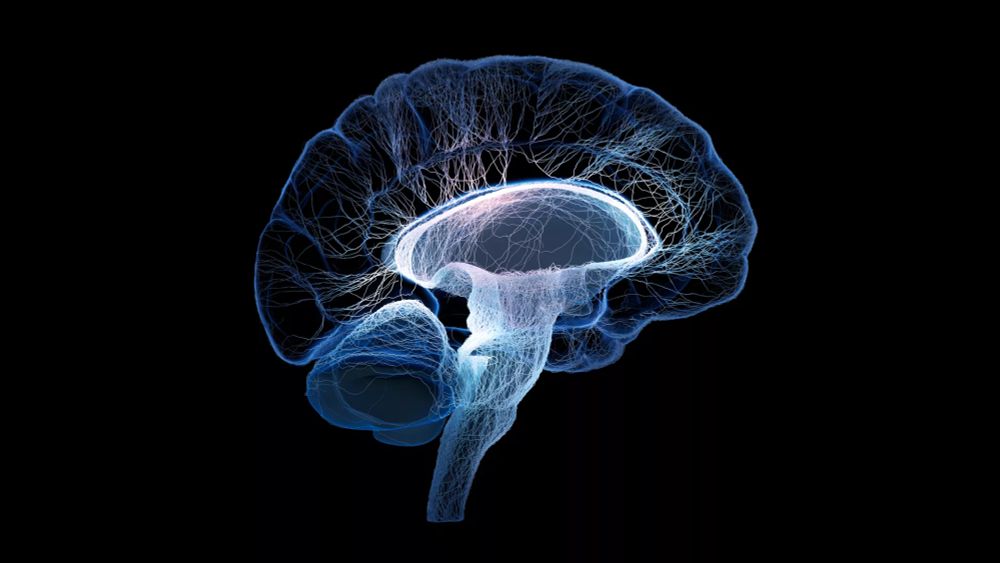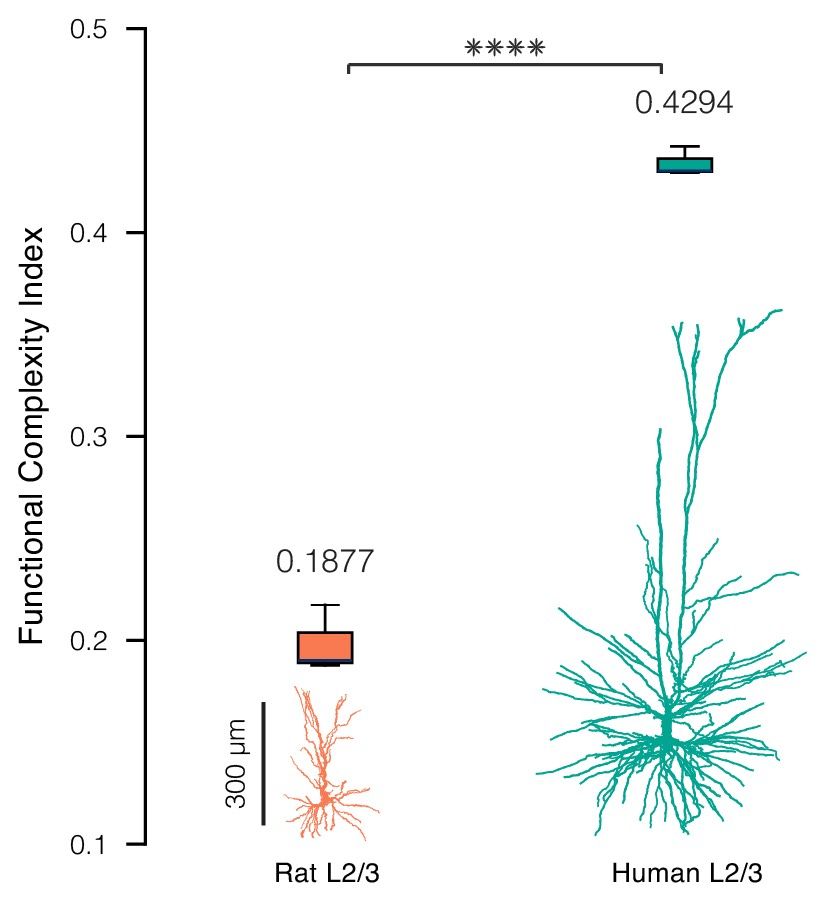Ido Aizenbud
@idoai.bsky.social
390 followers
520 following
37 posts
Computational Neuroscience PhD Student
Posts
Media
Videos
Starter Packs
Pinned
Reposted by Ido Aizenbud
Ido Aizenbud
@idoai.bsky.social
· Aug 2
Ido Aizenbud
@idoai.bsky.social
· Aug 1

Frontiers | Biophysical and computational insights from modeling human cortical pyramidal neurons
The human brain’s remarkable computational power enables parallel processing of vast information, integrating sensory inputs, memories, and emotions for rapi...
doi.org
Ido Aizenbud
@idoai.bsky.social
· Aug 1
Ido Aizenbud
@idoai.bsky.social
· Aug 1
Ido Aizenbud
@idoai.bsky.social
· Aug 1

Frontiers | Biophysical and computational insights from modeling human cortical pyramidal neurons
The human brain’s remarkable computational power enables parallel processing of vast information, integrating sensory inputs, memories, and emotions for rapi...
doi.org
Ido Aizenbud
@idoai.bsky.social
· Apr 16
Ido Aizenbud
@idoai.bsky.social
· Apr 16
Reposted by Ido Aizenbud
Toviah Moldwin
@tmoldwin.bsky.social
· Feb 19

The calcitron: A simple neuron model that implements many learning rules via the calcium control hypothesis
Author summary Researchers have developed various learning rules for artificial neural networks, but it is unclear how these rules relate to the brain’s natural processes. This study focuses on the ca...
journals.plos.org
Ido Aizenbud
@idoai.bsky.social
· Jan 8
Ido Aizenbud
@idoai.bsky.social
· Dec 31
Ido Aizenbud
@idoai.bsky.social
· Dec 31
Ido Aizenbud
@idoai.bsky.social
· Dec 31
Ido Aizenbud
@idoai.bsky.social
· Dec 29
Ido Aizenbud
@idoai.bsky.social
· Dec 29
Ido Aizenbud
@idoai.bsky.social
· Dec 27
Ido Aizenbud
@idoai.bsky.social
· Dec 27
Ido Aizenbud
@idoai.bsky.social
· Dec 27
Ido Aizenbud
@idoai.bsky.social
· Dec 27







